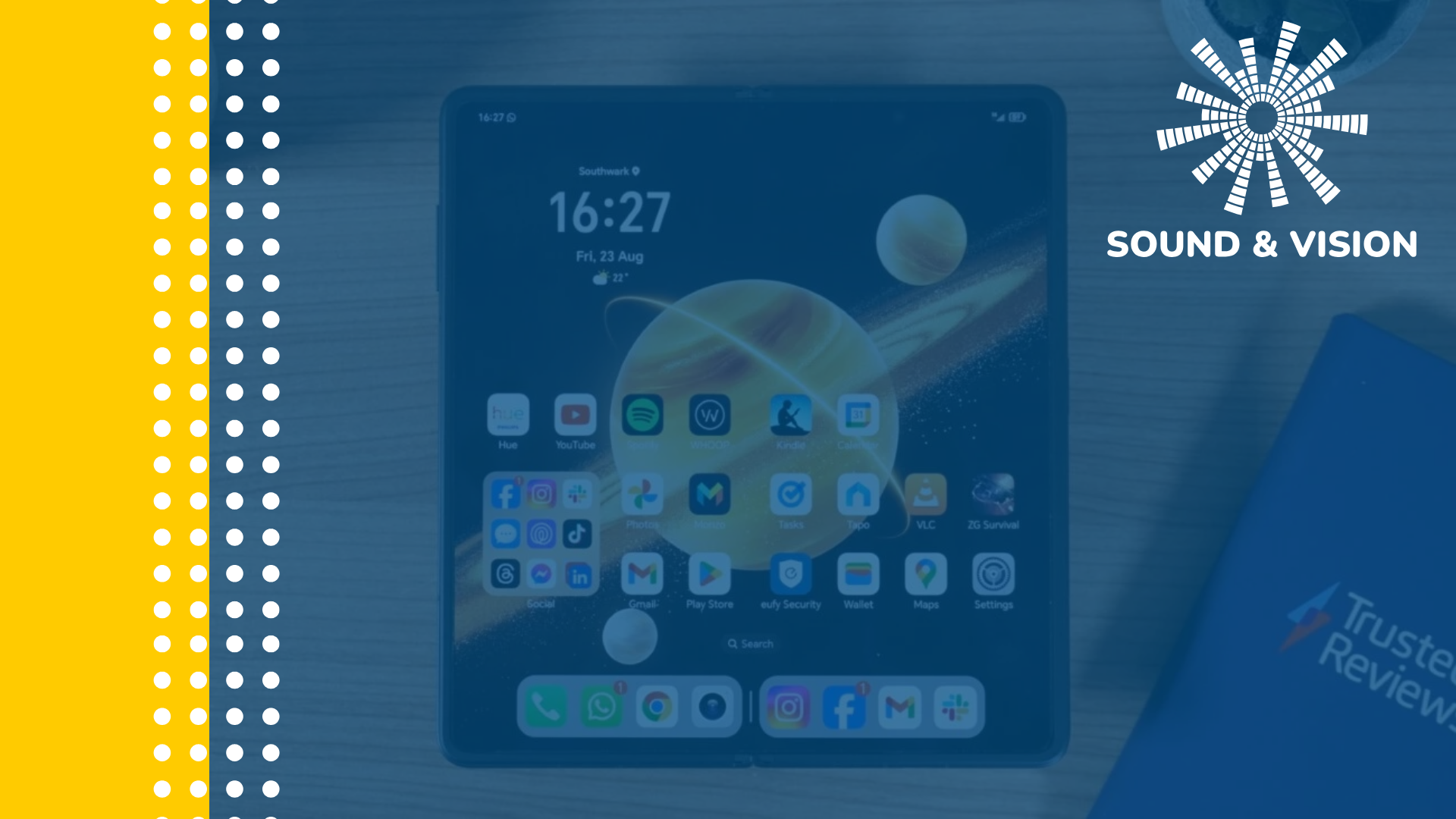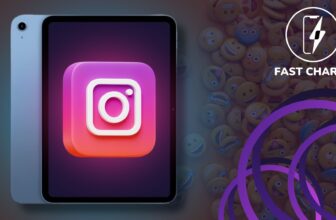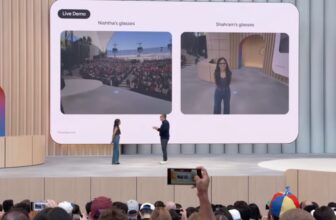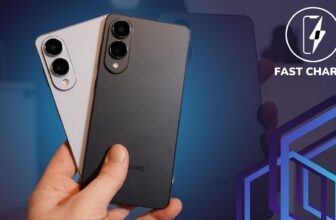
OPINION: Human eyes and electronic screens have a bit of a complicated relationship. Though we interact with them practically every minute of every day – that’s what it feels like, anyway – they can be detrimental to our eye health.
We’ve known this for a long time; even back in the early 90s as a kid, I was told not to sit too close to the TV because “it would make my eyes go square”. That obviously wouldn’t happen, but there was already some kind of acknowledged connection between extensive screen time and eye health.
Fast forward to today and smartphone manufacturers are taking the eye health of their users much more seriously, whether that’s blocking harmful blue light in the evenings that can disrupt your circadian rhythm and seriously mess with your sleep, or, in the case of Honor, introducing a whole host of screen tech to not only avoid damage but actually strengthen your eyes over time.
That comes in several forms, depending on the Honor smartphone or tablet you have. If you’re lucky enough to get your hands on the new slimline foldable, the Honor Magic V3, or the Honor Magic Pad 2, you’ll get the full suite of eye care tools.
That includes Circadian Night Display, which adjusts the screen’s temperature depending on your sunrise and sunset times, along with 4320Hz ultra-high frequency PWM dimming that essentially reduces the imperceivable screen flicker of screens to ease eye strain.
There’s also Eye Comfort, which filters out blue light from the screen, and Natural Tone, which adjusts brightness depending on light conditions to achieve a consistent viewing experience.
However, the big one for me is Honor’s new AI Defocus technology, which not only helps protect your eyes from damage but aims to actually strengthen them over time.
The phone essentially uses AI to replicate the function of specialised myopia glasses by including defocus signals on the left and right edges of the screen to reduce eyestrain and fight off transient myopia, or nearsightedness, which is believed to be influenced by prolonged screen time.
That’s all well and good in theory, but what I wasn’t expecting was the effects I felt on my eyes almost immediately after turning the tech on. I felt relief from strain that I didn’t even notice I had, especially around the periphery, without any kind of noticeable change to the quality of the display.
And that’s backed up by Honor’s testing, with the company claiming that the tech can reduce transient myopia by an average of 13 degrees after 25 minutes of use. I can only hope that other smartphone manufacturers follow Honor’s lead and implement similar tech into their displays in future.
After all, we’re going to need all the help we can get with a study from the National Institutes of Health claiming that, with ever-increasing screen time, more than half the world’s population will be affected by nearsightedness by 2050.





